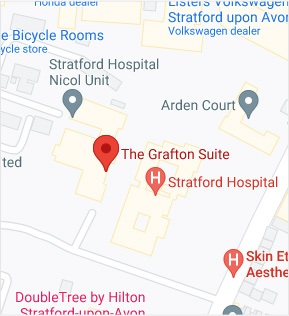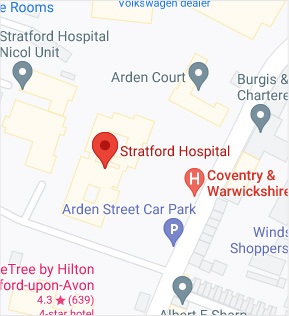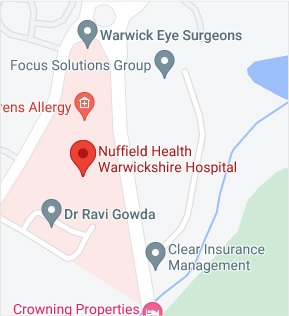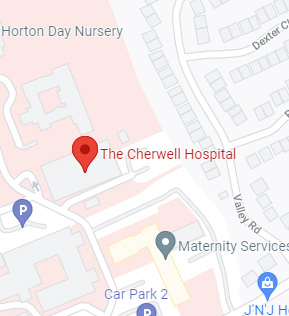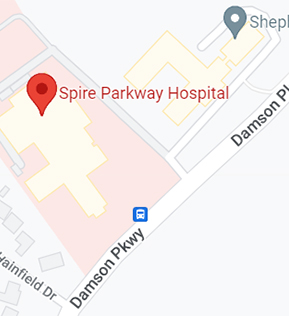What is LRTI for Thumb CMC Arthritis?
The joint located at the base of the thumb is known as the carpometacarpal (CMC) joint. The thumb CMC joint is where the metacarpal bone of the thumb connects to the trapezium (carpal) bone of the wrist. The CMC is the joint most affected in thumb arthritis.
CMC arthritis is a medical condition in which the cartilage covering and cushioning the ends of the bones in the CMC joint is worn out due to ageing or wear and tear causing swelling and tenderness of the CMC joint. CMC arthritis is commonly known as arthritis of the thumb or basal joint arthritis.
LRTI (ligament reconstruction and tendon interposition) is a surgical procedure to treat CMC arthritis.
Anatomy of the Thumb
The bones of the thumb consist of 3 joints:
- The first joint near the tip is known as the interphalangeal (IP) joint.
- The second joint, where the second bone of the thumb connects the bone of the hand (metacarpal), is known as the metacarpophalangeal (MCP) joint.
- The third joint, where the metacarpal (hand) bone connects the trapezium bone of the wrist, is known as the carpometacarpal (CMC) joint.
One more joint that also is susceptible to arthritis along with CMC joint is the STT (scaphotrapeziotrapezoidal) joint where the trapezium meets the other part of the wrist.
Indications for the Procedure
The first and most common indication is pain and discomfort at the base of your thumb during activities such as gripping, grasping or pinching (turning a key, opening a door or a jar, etc.) Other signs that necessitate LRTI surgery include:
- Tenderness, stiffness, and swelling at the base of the thumb
- Pain that gets worse after prolonged use of the thumb
- Enlarged and bony ("out-of-joint") appearance at the base of the thumb
- Limited motion of the thumb and feeling of loss of strength
- Grinding sensation with a grating sound when moving the thumb
How is LRTI Performed?
The procedure is performed under regional or local anaesthesia in an outpatient setting where a part or all of the trapezium bone is removed from the wrist and the remaining surfaces of the CMC and STT joints are smoothed out.
During the procedure:
- An incision is made in your forearm near the CMC joint.
- A tendon called FCR (flexor carpi radialis) in the forearm is cut.
- A hole is drilled in the metacarpal bone of your thumb.
- The free end of the FCR tendon is passed through the hole and sewed back.
- The remaining portion of the FCR is detached and preserved as a “spare” tendon.
- All of the “trapezium” bone at the base of your thumb is removed.
- The spare FCR tendon is placed into the space created by removed trapezium.
- The spare tendon is maintained in the proper positioning with the help of wires or pins.
- The remaining surface of the CMC joint is smoothed out.
- The incision is closed with absorbable or dissolvable sutures.
After Surgery Care
Postoperative care and recovery process involves:
- Wear ing a splint or thumb cast for six weeks
- Keeping your hand elevated during the first month
- Limit use of the surgical hand for a few days
- Instructions on incision site care
- Avoiding or quitting smoking as smoking affects bone healing
- Physiotherapy regimen to improve range-of-motion and strengthen muscles
- Return to work within a week but extensive use of the operated hand may require 3 to 6 months
- Adhere to follow-up appointments to monitor your progress
Risks and Complications of LRTI Surgery
LRTI is a relatively safe surgery; however, as with any surgery, there may be some risk and complications, such as:
- Chronic pain in the thumb
- Scar tenderness
- Sensory changes
- Tendon rupture or adhesion
- Decreased grasp or pinch strength
- Shortening of the thumb
Benefits of the LRTI Procedure
The major benefit of the LRTI is it can prevent the recurrence of CMC arthritis to a large extent. Other possible benefits include:
- Near complete or complete pain relief in most cases
- Mobility equivalent to or near to that of a healthy thumb
- Substantial return of grip or grasp or pinch strength
- A better functional thumb


 REQUEST AN APPOINTMENT
REQUEST AN APPOINTMENT



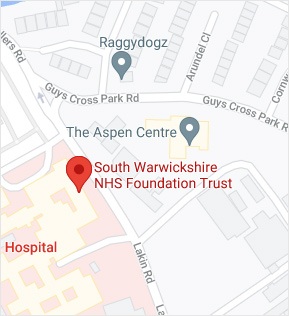
 Ext 4798
Ext 4798